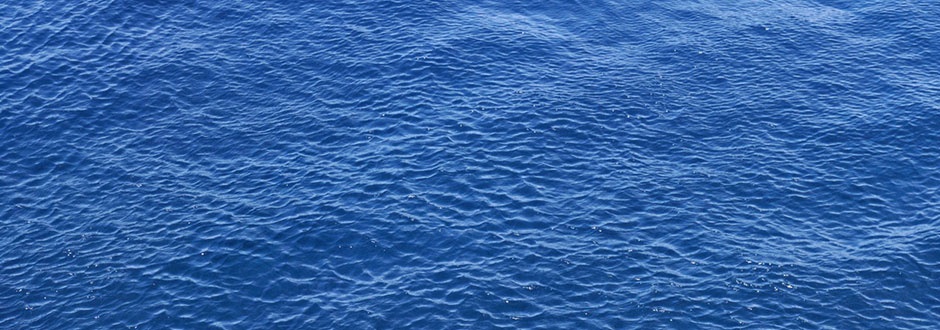Sedova, B., Kalkuhl, M.
Who are the climate migrants and where do they go? Evidence from rural india
in World Development, 20.01.2020
Peer Review , Economic Growth and Human Development
In this paper, we move from the large strand of research that looks at evidence of climate migration to the questions: who are the climate migrants? and where do they go? These questions are crucial to design policies that mitigate welfare losses of migration choices due to climate change. We study the direct and heterogeneous associations between weather extremes and migration in rural India. We combine ERA5 reanalysis data with the India Human Development Survey household panel and conduct regression analyses by applying linear probability and multinomial logit models. This enables us to establish a causal relationship between temperature and precipitation anomalies and overall migration as well as migration by destination. We show that adverse weather shocks decrease rural-rural and international migration and push people into cities in different, presumably more prosperous states. A series of positive weather shocks, however, facilitates international migration and migration to cities within the same state. Further, our results indicate that in contrast to other migrants, climate migrants are likely to be from the lower end of the skill distribution and from households strongly dependent on agricultural production. We estimate that approximately 8% of all rural-urban moves between 2005 and 2012 can be attributed to weather. This figure might increase as a consequence of climate change. Thus, a key policy recommendation is to take steps to facilitate integration of less educated migrants into the urban labor market.





